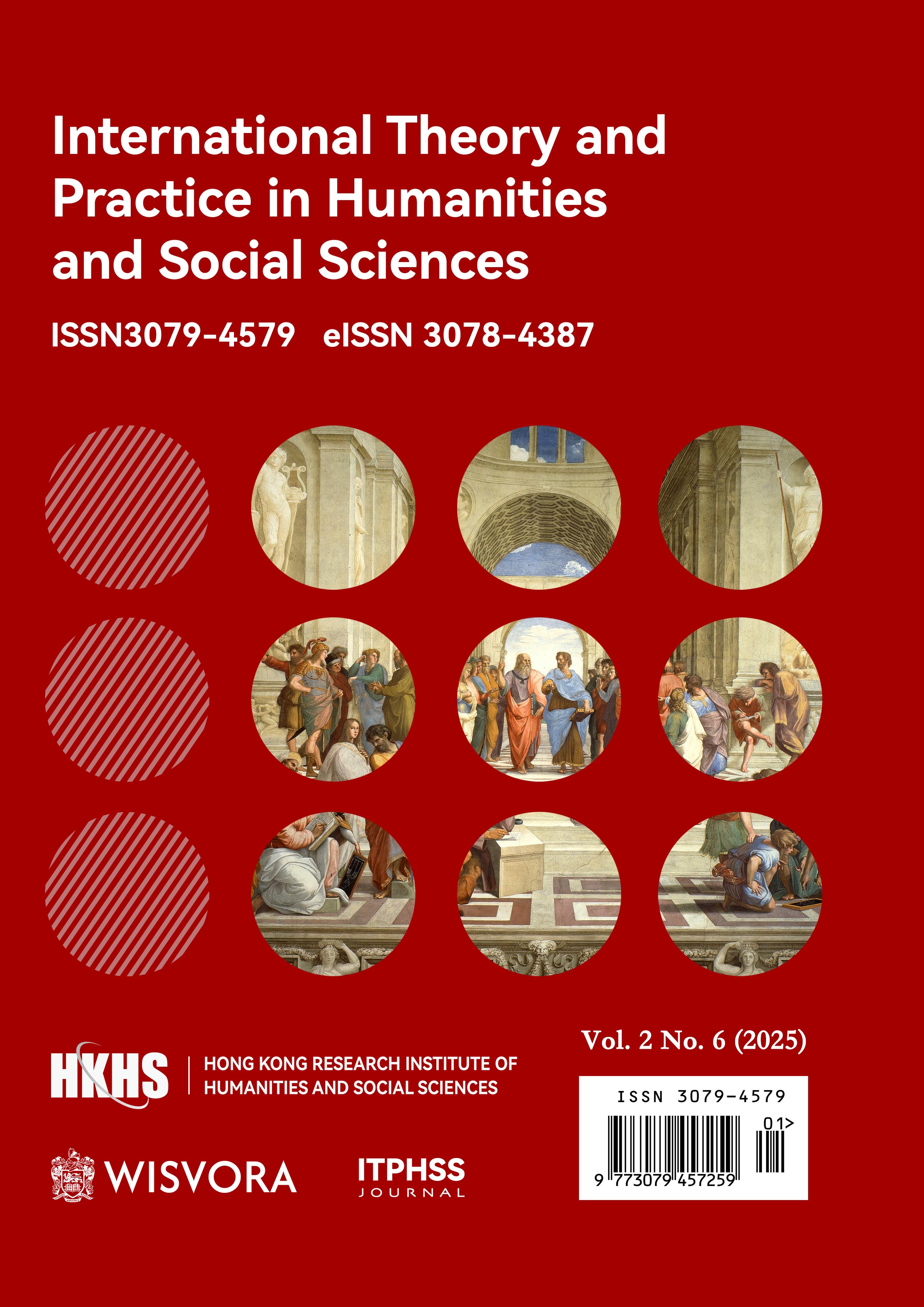Abstract
The academic research is targeted at introducing the readers to this complex reality of music education in Russia, based on serious empirical work. The discussion covers a wide area: from traditional national music, which is representative of important cultural and historical values, to the contemporary rich variety within this musical landscape, and an extraordinary development within a series of styles and technologies. It specifically addresses such questions from this national music platform as special notational values of the music in performance practice, a description of traditional uses of such instruments as Uray Kurai, and other highly distinctive vocal arts used for throat singing. The features and characteristic processes of such pop genres as rock-and-roll in modern music are looked into even closer, as is a history of development and enormous contribution to the spirit of the hip-hop genre.
References
Campbell, P. S. (2019). Music Education as Global Education: A Developmental Approach. TOPICS for Music Education Praxis.
Davis, R. A. (2005). Music Education and Cultural Identity. Educational Philosophy and Theory, 37(1), 47-63.
Song, Y. (2024). Examining Cultural Identity in Secondary Music Classrooms: Teachers’ Pedagogical Decisions and Culturally Responsive Practices.
Cox, G., & Stevens, R. (2011). The origins and foundation of music education: cross-cultural historical studies of music in compulsory schooling. London, Continuum.
Colwell, R. (2006). Music education: A handbook for teachers. Routledge.
Nettl, B. (2005). The study of ethnomusicology: Thirty-one issues and concepts (2nd ed.). University of Illinois Press.
Bowman, W. (2002). Educated eyes: Toward a cultural ecology of music education. In R. A. Colwell & C. Richardson (Eds.), The new handbook of research on music teaching and learning (pp. 859-872). Oxford University Press. https://doi.org/10.1093/acprof:oso/9780195146090.003.0024
Elliott, D. J. (1995). Music matters: A new philosophy of music education. Oxford University Press. https://doi.org/10.1093/acprof:oso/9780195120836.001.0001
Gould, E., Morton, C., & Countryman, J. (2009). Exploring social identity in music education. Music Education Research, 11(2), 157-174. https://doi.org/10.1080/14613800902826014
Jorgensen, E. R. (2003). Transforming music education. Indiana University Press. https://www.jstor.org/stable/10.5218/indiana/9780253345035.001.0001
Akehurst, G., Afonso, C., & Gonçalves, H. M. (2012). Re-examining green purchase behavior and the green consumer profile: New evidences. Management Decision, 50(5), 972-988. https://doi.org/10.1108/00251741211227726
Green, L. (2008). Music, informal learning and the school: A new classroom pedagogy. Ashgate Publishing Limited.
Kratus, J. (2007). Music education at the tipping point. Music Educators Journal, 94(2), 42-47. doi:10.1177/002743210709400209
Lamont, A., Hargreaves, D. J., Marshall, N. A., & Tarrant, M. (2003). Young people's music in and out of school. British Journal of Music Education, 20(3), 229-241. doi:10.1017/S0265051703006082
Pitts, S. (2012). Chances and choices: Exploring the impact of music education. Oxford University Press.
Regelski, T. A. (2004). Teaching general music in grades 4-8: A practical approach. Oxford University Press.

This work is licensed under a Creative Commons Attribution 4.0 International License.
Copyright (c) 2025 Xiao Qin (Author)

